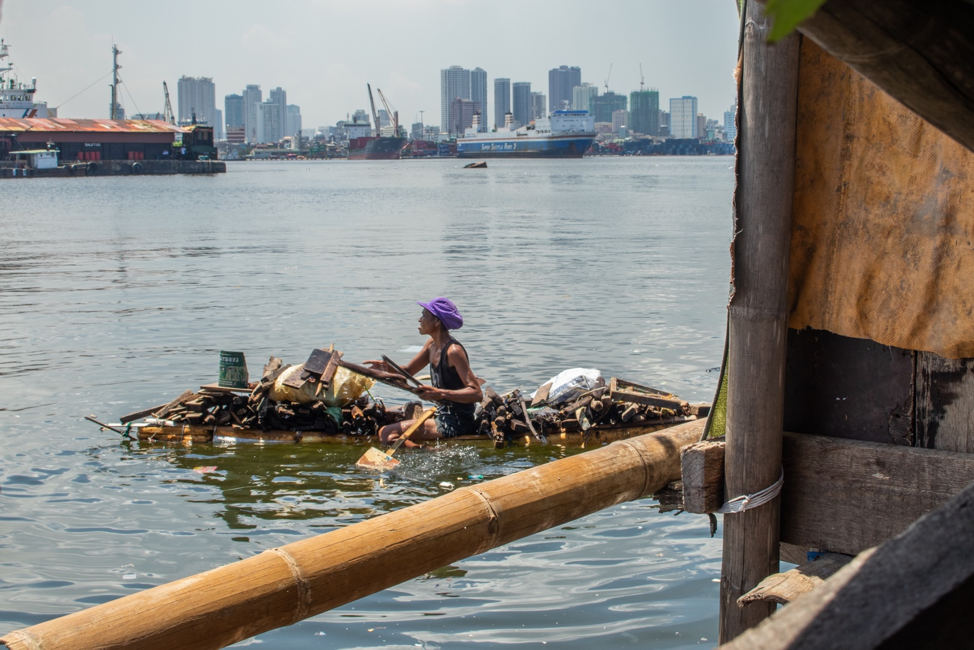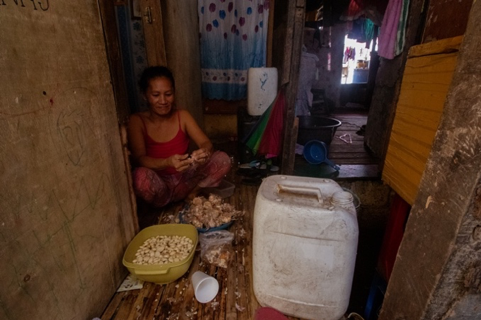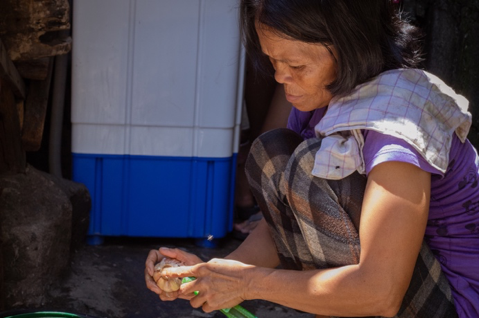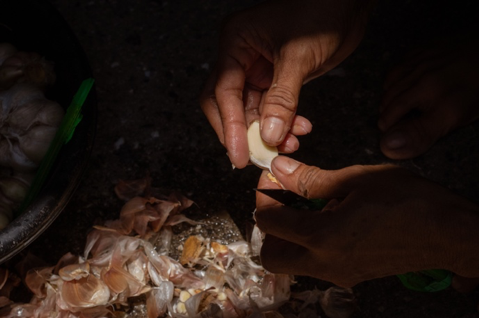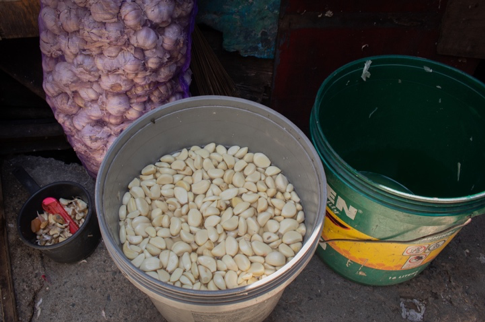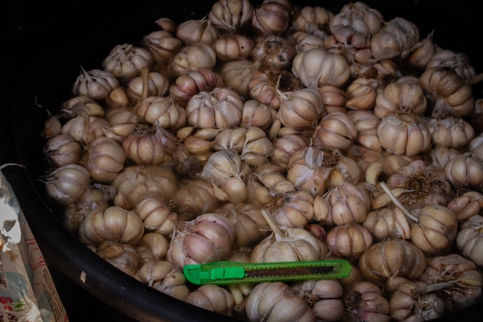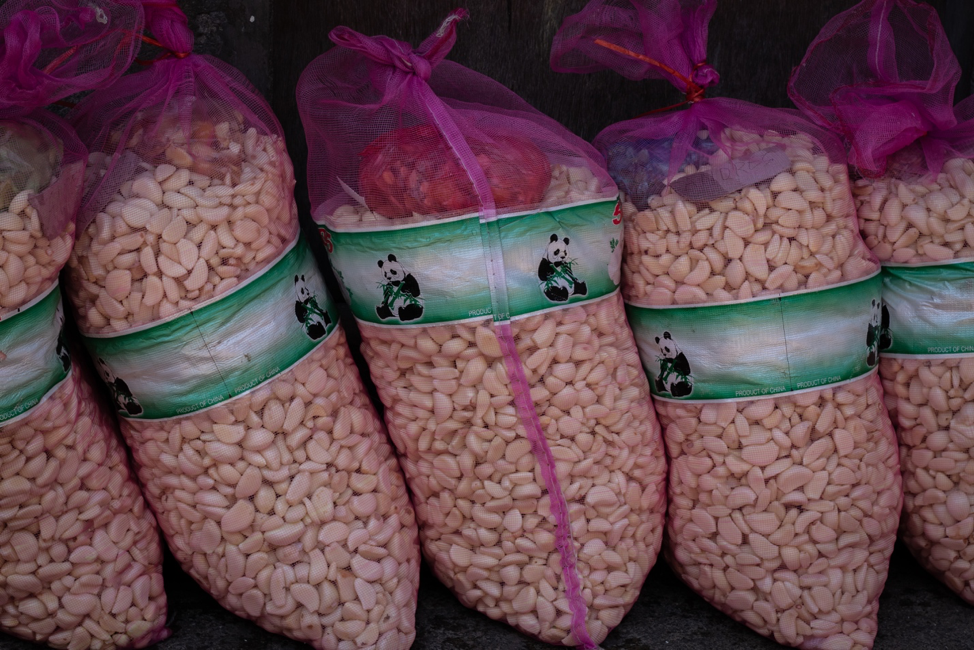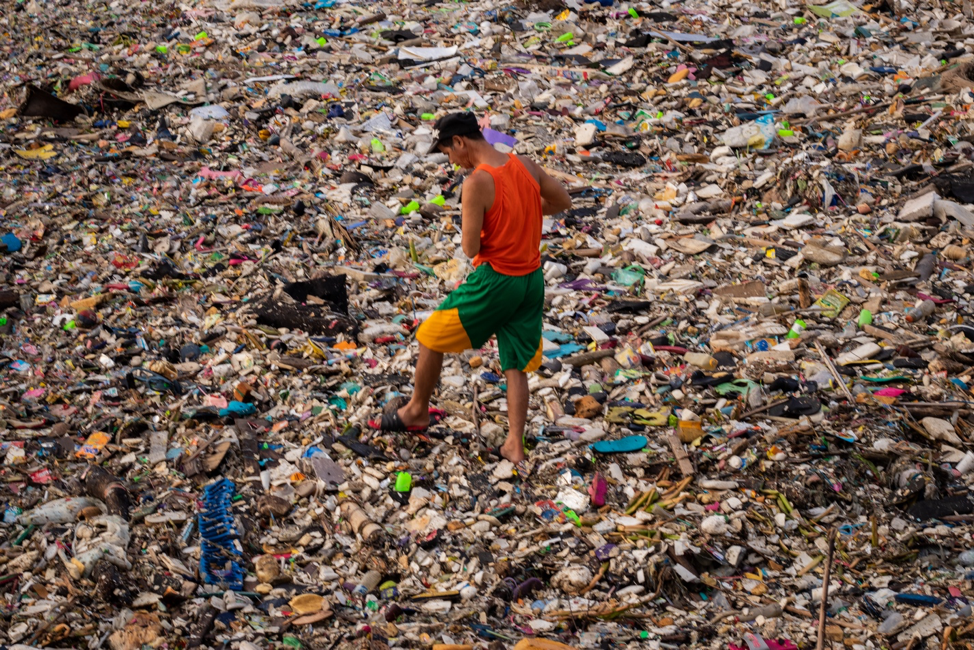When I think of Manila, I think about the large shopping malls that seem to be on every corner, the cobblestone streets of Intramuros that harken back to the Spanish colonial period, and the heavy traffic that goes on like the oppressive heat of July.
But mostly, I think about the rows of asymmetrical shacks built all over the capital city. They’re hard to miss. Drive through Manila and you’ll see them built near or on highways, bridges, and canals. Some are made from rusted sheets of corrugated metal, recycled cardboard and plywood, while others are partly cemented. When I was growing up in the Philippines, I’d naively wonder about what life was like there.
The people who live in those shacks are called squatters or informal settlers because they don’t have titles to the property where they built their homes. Whenever I’d visit the Philippines, I’d hear negative things about them from people around me—from how their homes make the developing city look ugly to how they should pack up their bags and move elsewhere. But when I met some of those residents for my reporting project, I saw how strong their ties were to their neighborhoods and their communities. I also saw how vital they were to the city’s economy.
As I walked through the narrow, uneven streets of Isla Puting Bato, a densely-populated strip of land next to Manila Bay, I heard ’80s music blaring from karaoke machines, noticed teenagers checking Facebook from Internet cafes, and dodged a few motorcycles that zoomed by to transport passengers from the end of the island to its entrance. I also can’t forget the smell of fried chicken and dried fish served for lunch from pop-up canteens attached to people’s houses.
Yet what struck me the most was the pungent smell of garlic, wafting through the shacks I passed. The deeper I went inside Isla Puting Bato, the stronger the garlic aroma became. I started to notice several women and men sitting by the entrance of their homes with buckets of garlic in front of them. Their hands worked quickly as they peeled each clove. I learned that it was one of the ways they could make a living right from the squatter areas of Manila.
Rosemary Herela, 41, is one of those people. She said her employer sells the peeled garlic at nearby markets and popular fast food restaurants like Jollibee and McDonald’s. Although peeling garlic isn’t a new operation to residents of Isla Puting Bato, Herela said she’s only been doing it for a few months.
Herela tries to peel two sacks worth of garlic everyday with her husband. “When there’s garlic, I peel it so that we have something to buy breakfast with when the morning comes,” she said. Each sack earns her 70 pesos ($1.37). Herela explained that her boss sends out workers to drop off heads of garlic around 6 a.m. and pick up the peeled cloves at 6 p.m. She gets paid the next morning when they deliver the new batch of garlic. She said one kilo of garlic can be sold for 14 pesos (28 cents) at the market.
Before she started peeling garlic for a living, Herela used to make lump charcoal from scrap wood that she would pick up by the shore. Sometimes, she’d go to the end of the island before dawn to collect wood, but she said it’s much easier to go under her house; her house is built on top of the bay, and the waves bring in small planks of timber she can gather.
Afterwards, she’d put the wood inside a steel drum—there are plenty in the area because they live by a port that ships bulk cargo. She said she’d have the wood burning all night. When the fire was out in the morning, she’d wrap it in plastic bags. If there weren’t any raw pieces of wood, she sold one bag for 50 pesos ($1.00) to small family-owned stores. “But I got hurt before,” Herela said as she pointed to a scar on her leg. “I didn’t notice there was a piece of wood with a nail on it, and I ran into it.”
Herela’s neighbor, Baselisa Mejido, 56, said those aren’t the only jobs available there. She said she’s tried everything from building shacks to doing laundry. There’s also a popular trade selling “kalakal” or recyclable items such as used water bottles, glassware, and toothbrushes to junk shops. “I already experienced it all,” Mejido said. “I only did it for my five grandkids.”
After speaking to these women, I began to understand one of the reasons why they’d prefer to stay in their homes rather than moving elsewhere. The city of Manila is defined by the people’s determination to hustle no matter what the circumstances are, and informal settlers like Herela and Mejido fully embrace it to survive another day, just like everyone else.
